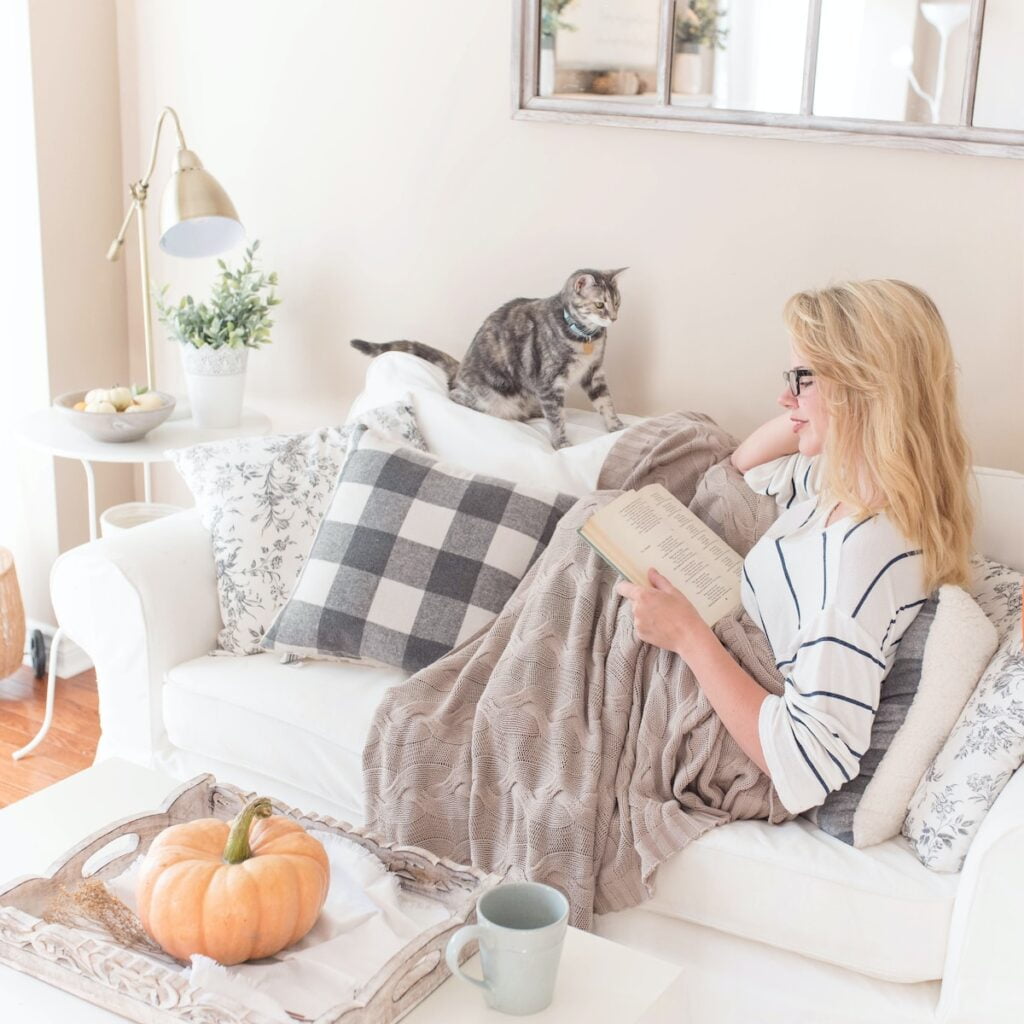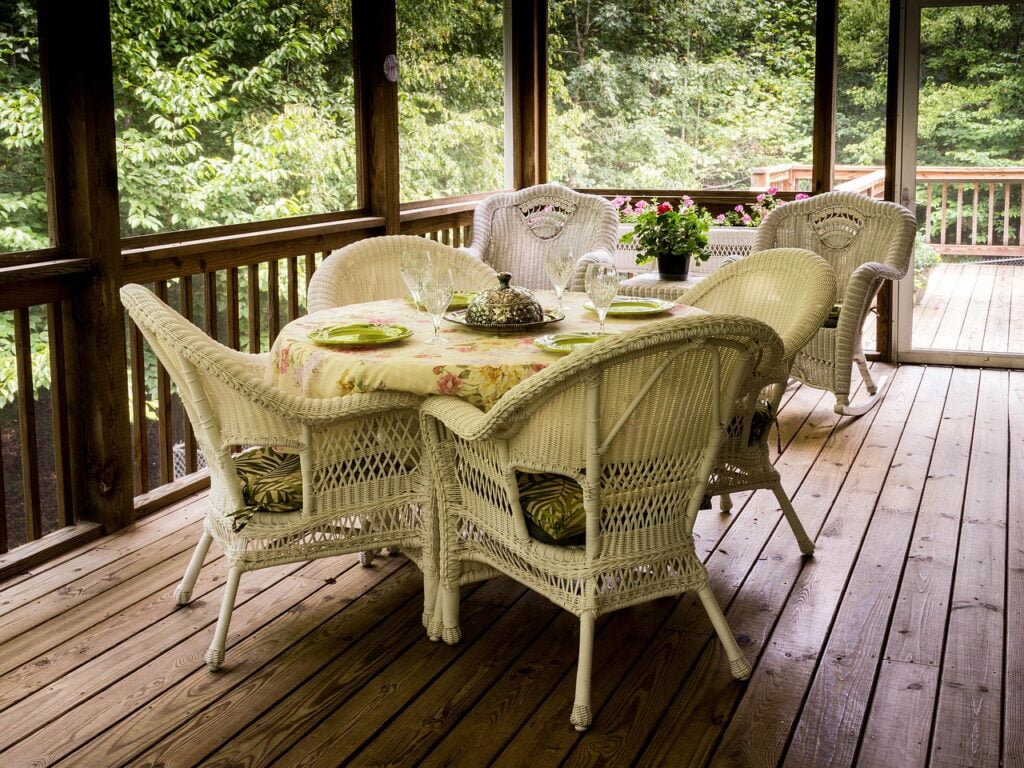Have you ever found yourself feeling uninspired and disengaged in your own home? You long for a space that is not just functional, but also enjoyable and inviting. In this article, we will explore practical tips and ideas to transform your home into a place where you truly love to spend your time. From adding personal touches to creating cozy nooks, we have all the insider secrets to make your home a sanctuary that resonates with your unique personality and style. Get ready to fall in love with your own space all over again.
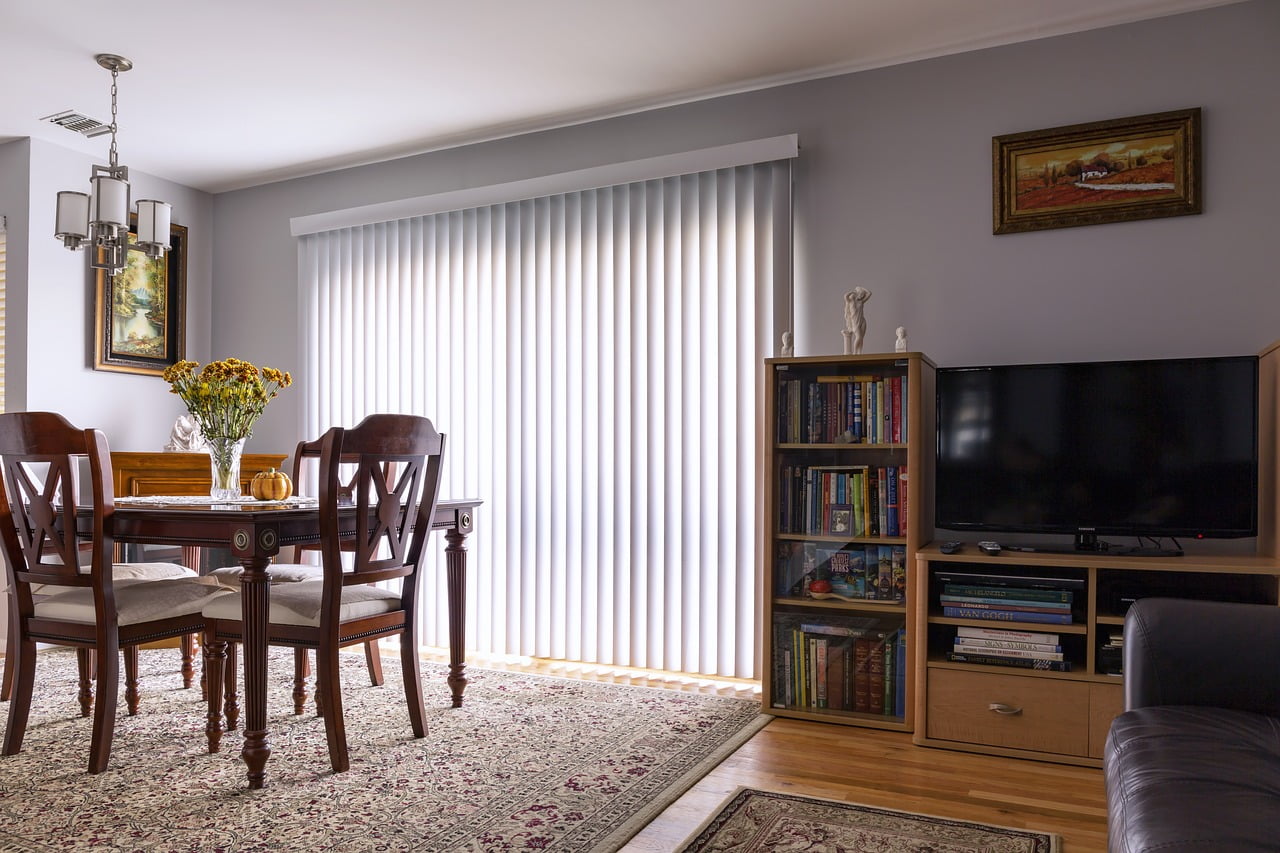
Creating a Comfortable Environment
Choosing the Right Furniture
When it comes to creating a comfortable environment in your home, selecting the right furniture is key. Start by considering your preferences and the overall style you want to achieve. Choose pieces that are not only aesthetically pleasing but also functional and comfortable. Opt for furniture with plush cushions and supportive frames to ensure maximum comfort. Additionally, think about the size of your space and select furniture that fits well without overpowering the room. Don’t be afraid to mix and match different styles to create a unique and inviting atmosphere.
Arranging Furniture for Functionality
Once you have chosen the right furniture, arranging it in a way that maximizes functionality is crucial. Consider the flow of movement within the room and position the furniture accordingly. Arrange seating areas to encourage conversation and create a cozy atmosphere. Avoid blocking doorways or pathways and leave enough space for easy navigation. If you have a focal point, such as a fireplace or a window with a beautiful view, arrange the furniture to highlight and make the most of it. By arranging your furniture thoughtfully, you can create a comfortable and functional space that is inviting to both you and your guests.
Decorating with Comfort in Mind
Decorating your home with comfort in mind helps to create a cozy and inviting ambiance. Start by selecting soft and inviting textures for rugs, curtains, and pillows. Unleash your creativity in choosing colors and patterns that evoke feelings of comfort and relaxation. Consider incorporating warm and earthy tones, such as creamy neutrals or soothing blues, to create a calming atmosphere. Adding items like blankets and throw pillows in soft fabrics can make your space feel warm and inviting. Don’t forget to include personal touches like photographs or artwork that evoke positive emotions and make you feel at ease in your surroundings.
Maximizing Natural Light
Natural light has a significant impact on the overall atmosphere of your home. It not only enhances the aesthetics but also improves your mood. To maximize natural light in your space, start by keeping your windows clean and free of obstructions. Choose light and airy window treatments that allow sunlight to filter through while still providing privacy when needed. Rearrange furniture to ensure that it doesn’t block the natural light from entering the room. Consider using mirrors strategically to reflect natural light and make your space appear brighter and more spacious. By maximizing natural light, you can create a refreshing and cheerful environment that you’ll love spending time in.
Creating an Inviting Atmosphere
Picking the Right Color Palette
The colors you choose for your home can deeply affect the atmosphere and your mood. When creating an inviting atmosphere, picking the right color palette is essential. Opt for warm and neutral colors like beige, light gray, or soft pastels. These hues create a sense of calmness and comfort, making your space feel cozy and inviting. If you want to add a pop of color, consider incorporating it through accent pieces like pillows or artwork. Remember to balance colors throughout the space, ensuring a harmonious and welcoming ambiance.
Adding Soft Lighting
Soft lighting plays a crucial role in creating an inviting atmosphere in your home. Instead of relying solely on harsh overhead lighting, incorporate multiple sources of softer, ambient lighting. Use table lamps, floor lamps, and wall sconces to create a warm glow throughout the room. Consider using light bulbs with lower wattage or warm light tones to create a cozy and inviting ambiance. Dimmer switches are also a great addition, allowing you to adjust the lighting intensity based on your preferences or the time of day. By adding soft lighting, you can transform your home into a welcoming space that invites you to relax and unwind.
Using Pleasant Scents
Our sense of smell is strongly connected to our emotions, so incorporating pleasant scents into your home can have a significant impact on the atmosphere. Consider using scented candles, essential oil diffusers, or potpourri to infuse your space with delightful aromas. Choose scents that promote relaxation and comfort, such as lavender, vanilla, or citrus. Experiment with different fragrances in different rooms to create a unique ambiance throughout your home. However, be mindful of any sensitivities or allergies, and ensure that the scents you choose are not overpowering. By using pleasant scents, you can create an inviting and soothing atmosphere that makes you feel at home.
Incorporating Personal Touches
Incorporating personal touches into your home is an excellent way to make it feel inviting and unique to you. Display photographs, artwork, or sentimental objects that bring you joy and remind you of positive memories. Arrange shelves with your favorite books or showcase your hobbies and interests through collections or decor pieces. Add personal touches to your walls with artwork or wall decals that reflect your personality and style. By incorporating these personal elements, you create a warm and inviting atmosphere that truly feels like your own sanctuary.
Organizing and Decluttering
Implementing Functional Storage Solutions
An organized and clutter-free home is essential for creating a comfortable and inviting environment. Implementing functional storage solutions is key to keeping your space organized. Consider investing in furniture pieces that have built-in storage, such as ottomans with hidden compartments or coffee tables with drawers. Use shelves, baskets, and bins to categorize and store items neatly. Utilize vertical space by installing wall-mounted shelves or hooks to keep things off the floor. By having designated storage spaces for your belongings, you can maintain a tidy and organized home environment.
Decluttering Regularly
Regular decluttering is essential to create a welcoming and peaceful atmosphere in your home. Make it a habit to evaluate your belongings regularly and let go of items that no longer serve a purpose or bring you joy. Donate or sell unused items, and keep only the things that you truly need or love. When decluttering, focus on one area at a time to avoid feeling overwhelmed. Tackle closets, drawers, and cabinets, as well as visible surfaces like countertops and tables. By maintaining a clutter-free home, you can create a peaceful and inviting space that allows you to relax and fully enjoy your surroundings.
Creating a Cleaning Routine
Maintaining a clean home is crucial for creating a comfortable environment. Establishing a cleaning routine helps you stay on top of chores and prevents the accumulation of dirt and dust. Create a schedule that works for you, whether it’s tackling small cleaning tasks daily or setting aside specific days for deep cleaning. Break down your cleaning tasks into manageable chunks, focusing on different areas of your home each day. Keep cleaning supplies readily available and easily accessible to make the process more efficient. By creating a consistent cleaning routine, you can ensure that your home remains tidy and inviting at all times.
Creating Zones for Activities
Creating designated zones for different activities can contribute to a well-organized and comfortable home. Identify the different activities or purposes of each area in your home and arrange furniture and decor accordingly. Designate a specific area for relaxation and leisure, with comfortable seating and soft lighting. Create a workspace that is separate from the rest of your living areas, allowing you to focus and be productive. Designate specific zones for activities like dining, hobbies, or socializing. By creating functional zones, you can optimize the use of your space and make it more inviting for each specific activity.
Fostering Relaxation
Creating a Cozy Reading Nook
Having a cozy reading nook in your home can provide a place of relaxation and escape. Choose a quiet corner or a comfortable chair near a window with a view. Add a soft and cozy throw blanket, plump pillows, and a small side table for books and a cup of tea. Consider installing shelves or a small bookcase nearby to store your favorite reads. By creating a dedicated space for reading, you can indulge in your favorite books and unwind in a cozy and peaceful setting.
Setting Up a Meditation Corner
A meditation corner can serve as a tranquil retreat within your home where you can relax and find inner peace. Choose a quiet area away from distractions, ideally near a window or a source of natural light. Place a comfortable meditation cushion or yoga mat on the floor and add some calming elements like incense, candles, or a small tabletop fountain. Consider hanging a tapestry or artwork that promotes tranquility. By setting up a meditation corner, you can escape the busyness of everyday life and find solace in a serene oasis.
Incorporating Calming Sounds
Calming sounds can greatly enhance relaxation and create a peaceful atmosphere in your home. Consider incorporating soothing sounds like nature sounds, soft instrumental music, or meditation recordings. You can use a portable speaker or choose a sound machine specifically designed for relaxation. Play the sounds softly in the background while you engage in activities like reading, meditating, or taking a bath. By incorporating calming sounds, you can create an environment that supports relaxation and helps you unwind after a long day.
Adding Plants and Greenery
Bringing nature indoors by adding plants and greenery can contribute to a relaxing and calming atmosphere in your home. Choose houseplants that are low-maintenance and thrive in the lighting conditions of your space. Place them strategically throughout your home to add freshness and an organic touch. Incorporating plants not only improves air quality but also provides a sense of tranquility and connection with nature. Consider incorporating both large and small plants to create a balanced and visually pleasing environment. By adding plants and greenery, you can create a soothing and serene atmosphere that promotes relaxation.
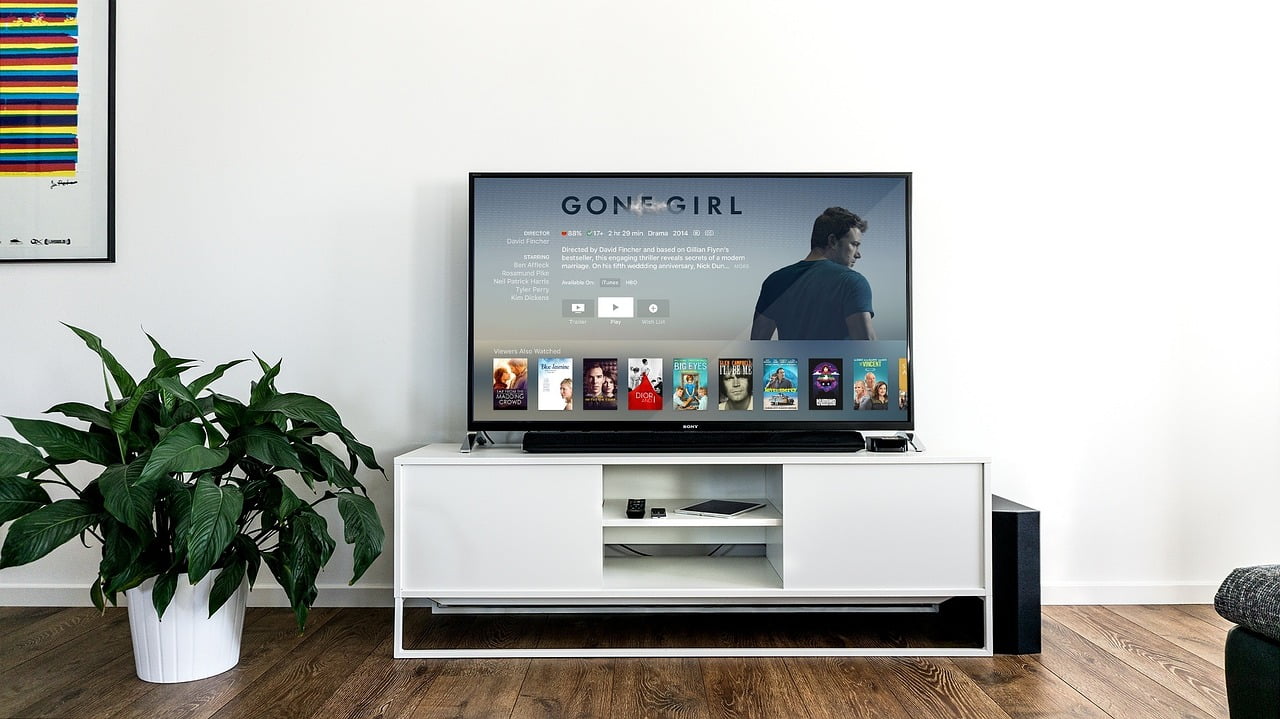
Promoting Entertainment and Hobbies
Setting Up a Home Theater
Creating a home theater allows you to enjoy a cinematic experience from the comfort of your own home. Choose a room or an area in your home with minimal natural light and add comfortable seating like reclining chairs or a sectional sofa. Install a large-screen television or a projector screen and surround sound speakers to enhance the audio-visual experience. Consider soundproofing the room or using thick curtains to block external noise. Decorate the space with movie posters or memorabilia to create an authentic theater atmosphere. By setting up a home theater, you can enjoy your favorite movies and shows in a cozy and immersive environment.
Creating a Game Room
Having a dedicated game room can provide endless entertainment and create a fun and inviting atmosphere in your home. Choose a room or a corner with enough space for your favorite games and activities. Install a dartboard, a pool table, or a gaming console with comfortable seating. Consider adding shelves or cabinets to store board games, card games, or video game accessories. Decorate the room with sports memorabilia or artwork that showcases your interests. By creating a game room, you can have a designated space for leisure and entertainment that you and your friends and family will love.
Designating Space for Hobbies
Designating a space specifically for your hobbies allows you to indulge in your passions and create a personalized environment. Assess your hobbies and interests and allocate a specific area for each one. For example, if you enjoy crafting, set up a dedicated crafting station with a work surface, storage for supplies, and good lighting. If you enjoy playing musical instruments, create a music corner with a comfortable chair, a music stand, and any necessary equipment. By designating space for your hobbies, you create an environment that encourages creativity and allows you to fully immerse yourself in activities you love.
Incorporating Musical Instruments
If you have a passion for music, incorporating musical instruments into your home can bring joy and create a vibrant atmosphere. Set up a designated area where you can practice and play your instruments. Showcase your instruments on stands or wall mounts, turning them into decorative pieces as well. Create an inviting and inspiring atmosphere by adding posters or artwork related to music. Incorporate comfortable seating for yourself and any friends or family members who may want to join in. By incorporating musical instruments into your home, you can foster creativity and make your space a hub of musical enjoyment.
Enhancing Privacy and Security
Installing Window Treatments
Maintaining privacy and controlling natural light can greatly impact the comfort of your home. Installing window treatments allows you to control the amount of sunlight that enters your space while ensuring privacy when needed. Choose curtains, blinds, or shades that align with your style and provide the desired level of privacy and light control. Opt for blackout curtains or blinds in bedrooms to create a darker environment for better sleep. Sheer curtains can be a great addition to living areas, allowing soft natural light to filter through. By choosing the right window treatments, you can enhance privacy, control light, and make your home more comfortable and secure.
Improving Door and Window Security
Ensuring the security of your home is essential for creating a comfortable and safe environment. Improving door and window security measures can help you feel more at ease. Consider installing sturdy deadbolt locks on exterior doors and reinforce weak points like hinges or strike plates. Install window locks or reinforce them with window security film to deter break-ins. Consider adding an extra layer of security with a doorbell camera or a home security system. By improving door and window security, you can have peace of mind knowing that your home is well-protected and comfortable.
Ensuring Privacy in Outdoor Spaces
If you have outdoor spaces like a patio or a backyard, ensuring privacy is key to creating a comfortable and inviting atmosphere. Install privacy screens, bamboo fencing, or plant hedges to create a visual barrier between your outdoor space and neighbors or passersby. Add outdoor curtains or shades to provide extra privacy as needed. Incorporate cozy seating areas with comfortable outdoor furniture and soft lighting. By ensuring privacy in your outdoor spaces, you can create a serene oasis where you can relax and enjoy your time outdoors without feeling exposed.
Using Smart Home Technology
Smart home technology can enhance both the comfort and security of your home. Consider installing smart locks that allow you to control access to your home remotely. Use smart security cameras to monitor your property and receive alerts on your smartphone. Install smart thermostats to easily regulate the temperature and create a comfortable environment. Incorporate smart lighting systems that allow you to control and schedule lights from anywhere. Utilize home automation to streamline everyday tasks and create a more convenient and comfortable living space. By leveraging smart home technology, you can enhance privacy, security, and overall comfort in your home.
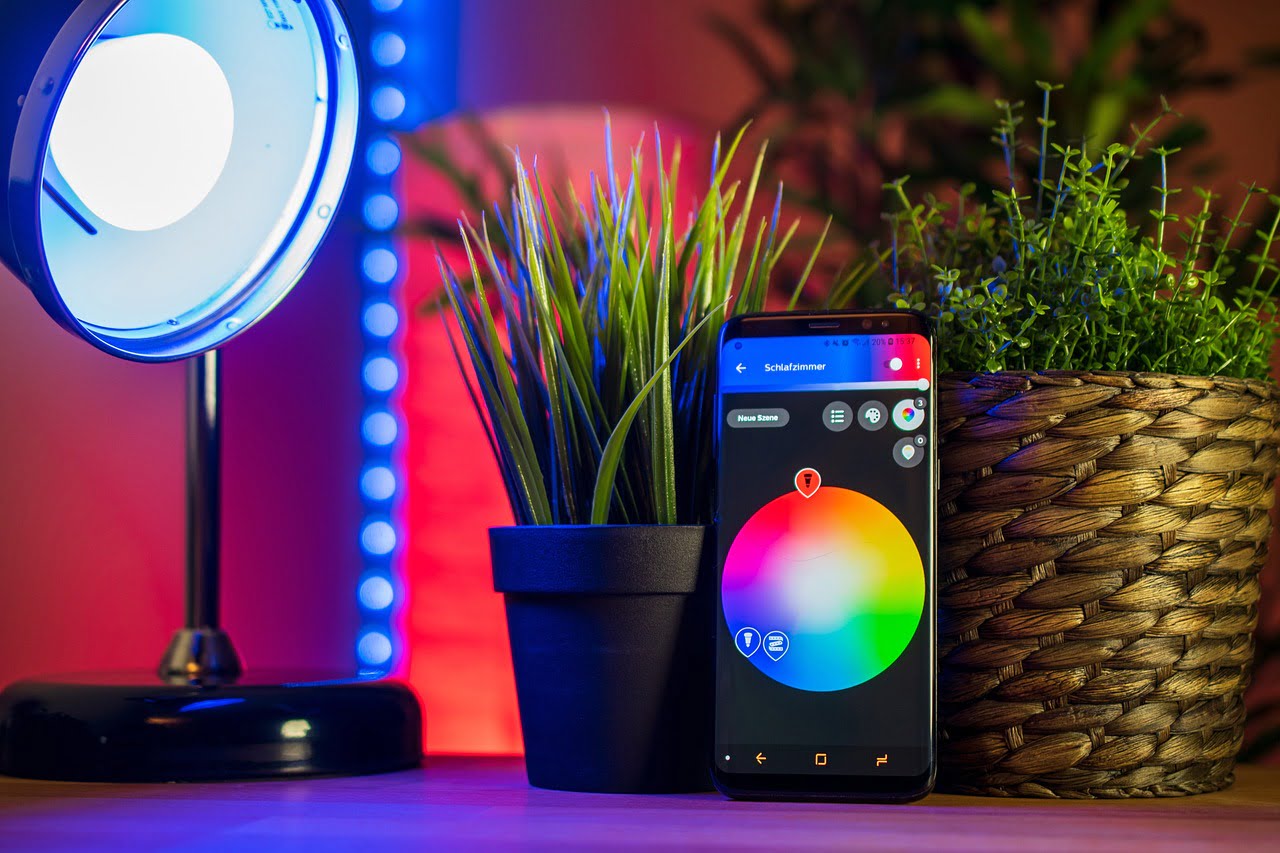
Designing a Functional Workspace
Choosing the Right Desk and Chair
Designing a functional workspace is essential for productivity and comfort, especially if you work from home. Start by choosing the right desk and chair that accommodate your work style and ergonomic needs. Look for a desk that provides enough surface area for your computer, paperwork, and any necessary materials. Opt for an ergonomic chair that supports good posture and allows for adjustability. Ensure that your desk height and chair height are compatible, and invest in a supportive chair cushion if needed. By choosing the right desk and chair, you can create a workspace that promotes comfort and efficiency.
Organizing Office Supplies
Keeping your office supplies organized is crucial for maintaining a functional and comfortable workspace. Invest in desk organizers, trays, or bins to categorize and store your supplies neatly. Use drawer dividers or small containers to keep smaller items like paperclips, thumbtacks, or pens easily accessible. Label storage containers or shelves to ensure everything has its place and can be found quickly. Implement a system for managing paperwork, whether it’s using filing cabinets or digital organization tools. By organizing your office supplies, you can create a clutter-free environment that promotes productivity and a sense of calm.
Creating Adequate Lighting
Proper lighting is essential for a functional workspace. Ensure that your desk is positioned near a window to take advantage of natural light whenever possible. If natural light is limited, incorporate task lighting, such as a desk lamp or a floor lamp, to provide ample illumination for your work area. Choose lighting with adjustable brightness levels, allowing you to customize the light intensity based on your needs. Avoid harsh overhead lighting that can cause glare or shadows. By creating adequate lighting, you can reduce eye strain and create a comfortable and focused workspace.
Minimizing Distractions
Minimizing distractions is crucial for maintaining focus and productivity in your home workspace. Avoid setting up your workspace in high-traffic areas or near areas with frequent noise. Consider using noise-canceling headphones or play soft instrumental music to create a calming and focused environment. Set boundaries with family members or housemates, letting them know when you are in work mode and need uninterrupted time. Use productivity tools or apps that help you stay focused and minimize digital distractions. By minimizing distractions, you can create a conducive workspace where you can efficiently accomplish your tasks with minimal interruptions.
Developing a Relaxing Bedroom
Selecting the Right Mattress
Creating a relaxing bedroom starts with selecting the right mattress. Choose a mattress that provides support and comfort based on your preferred sleep position and personal preferences. Consider factors such as firmness, material, and motion isolation. Test out different mattresses in-store or read reviews to find one that suits your needs. Take into account any specific requirements, such as allergies or back pain. By selecting the right mattress, you can create a comfortable and rejuvenating sleep environment that promotes restful nights.
Choosing Soothing Colors
The colors you choose for your bedroom can greatly impact your ability to relax and unwind. Opt for soothing colors that promote tranquility and relaxation. Soft blues, greens, or neutrals are excellent choices for creating a calm and peaceful atmosphere. Avoid bright and bold colors that can be stimulating and interfere with sleep. Consider incorporating these calming hues through bedding, curtains, or wall paint. By choosing soothing colors, you can transform your bedroom into a serene retreat that encourages restful sleep.
Creating an Organized Closet
An organized closet not only maximizes storage but also contributes to a relaxing bedroom environment. Start by decluttering your clothes and accessories, keeping only what you wear and love. Arrange your clothes by category, hanging or folding them neatly. Utilize closet organizers, such as shelves, drawers, or hanging shoe racks, to maximize space and keep items visible and easily accessible. Consider investing in matching hangers or using dividers to maintain a tidy appearance. By creating an organized closet, you can eliminate visual clutter and create a serene space that promotes relaxation.
Creating a Bedtime Routine
Establishing a bedtime routine is essential for winding down and preparing your mind and body for restful sleep. Create a consistent routine that includes activities such as reading a book, taking a warm bath, or practicing relaxation techniques. Avoid using electronic devices or engaging in stimulating activities close to bedtime to promote a calm and soothing environment. Create a comfortable and inviting sleep environment by making your bed with soft and cozy bedding. By creating a bedtime routine and a comfortable sleep environment, you can ensure that your bedroom becomes a sanctuary for relaxation and restorative sleep.
Creating a Welcoming Entryway
Having Ample Storage
Having ample storage in your entryway is essential for maintaining cleanliness and organization. Incorporate storage solutions such as entryway benches with built-in cubbies or drawers where you can store shoes, bags, and other outdoor essentials. Install wall-mounted hooks or racks for coats, hats, and scarves. Consider adding a console table or a floating shelf to hold keys, wallets, or mail. Having designated storage spaces in your entryway helps to keep clutter at bay and creates a welcoming atmosphere for you and your guests.
Designing an Inviting Foyer
Designing an inviting foyer sets the tone for the rest of your home. Consider incorporating elements like a welcoming doormat, a mirror to check your appearance before heading out, or a decorative piece of furniture like a small table or a bench. Add a touch of greenery with potted plants or a floral arrangement to bring life into the space. Consider hanging artwork or photographs that reflect your personal style and create a warm and inviting ambiance. By designing an inviting foyer, you can make a positive first impression and set the stage for a comfortable and welcoming home.
Choosing Practical Flooring
Choosing practical flooring in your entryway is crucial for both functionality and aesthetics. Consider the amount of foot traffic your entryway receives and choose a flooring material that can withstand wear and tear. Options like tile, laminate, or vinyl are durable and easy to clean, making them ideal for high-traffic areas. If you prefer a more natural and warm look, hardwood or engineered wood flooring can be an excellent choice. Consider using rugs or mats near the entrance to catch dirt and debris and protect your flooring. By choosing practical and durable flooring, you can create an entryway that is both welcoming and functional.
Adding a Personal Touch
Adding a personal touch to your entryway enhances its warmth and makes it feel more like home. Display a piece of artwork or a photograph that holds sentimental value. Hang a coat rack or hooks with personalized or monogrammed hangers. Add a small decorative item or a vase with fresh flowers that reflect your personality and style. Consider incorporating a bulletin board or a chalkboard where you can leave messages or important reminders. By adding a personal touch, you can create an entryway that is uniquely yours and sets a welcoming tone for your entire home.
Promoting Connectivity and Comfort
Designing Functional Living Spaces
Designing functional living spaces allows you to create areas that cater to different activities and promote connectivity. Choose furniture and decor that serve the purposes of comfort and interaction. Arrange seating areas to encourage conversation and create a sense of togetherness. Incorporate versatile furniture that can adapt to different needs, such as ottomans with hidden storage or coffee tables with adjustable heights. Consider adding a variety of seating options, like comfortable chairs or sectional sofas, to accommodate different preferences and group sizes. By designing functional living spaces, you can create an environment that fosters comfort, connection, and relaxation.
Creating a Dining Area
Creating a designated dining area promotes communication, comfort, and enjoyment during meals. Choose a table that accommodates the number of people you typically dine with and fits the available space. Consider the style and material of the table, ensuring it matches the overall aesthetic of your home. Select comfortable dining chairs that provide proper support and encourage lingering conversations after the meal. If space allows, include ambient lighting and decor elements that enhance the dining experience. By creating a dining area, you can establish a central hub for shared meals and quality time with loved ones.
Improving Wi-Fi and Networking
In today’s digital age, a strong and reliable internet connection is crucial for a comfortable home environment. Improve your Wi-Fi and networking capabilities to ensure seamless connectivity throughout your home. Consider upgrading your router to a more advanced model that offers better coverage and faster speeds. Install Wi-Fi extenders or mesh network systems to eliminate dead zones and ensure signal strength in every room. Optimize your network by strategically placing your devices and minimizing interference from other electronics. By enhancing your Wi-Fi and networking, you can create a connected and comfortable home where you can easily access online entertainment, work remotely, and stay connected with loved ones.
Using Smart Home Automation
Smart home automation can greatly enhance comfort and convenience in your living spaces. Consider installing a smart thermostat that can be controlled remotely to maintain ideal temperatures throughout the day. Use smart lighting systems that allow you to adjust the lighting intensity based on your needs or schedule. Incorporate voice-controlled assistants like Alexa or Google Home to perform tasks, control devices, and play music with simple voice commands. Invest in smart appliances that can be controlled and monitored remotely, offering greater flexibility and convenience. By using smart home automation, you can make your living spaces more comfortable, efficient, and tailored to your preferences.
In conclusion, creating a home that you love to spend time in requires careful consideration of various aspects from furniture selection to incorporating personal touches. By focusing on creating a comfortable environment, fostering an inviting atmosphere, organizing and decluttering, promoting relaxation, enhancing entertainment and hobbies, improving privacy and security, designing a functional workspace, developing a relaxing bedroom, creating a welcoming entryway, and promoting connectivity and comfort, you can transform your home into a sanctuary that reflects your personality and provides a haven of comfort, relaxation, and enjoyment.

